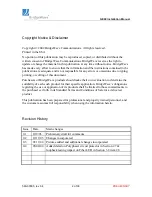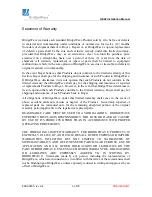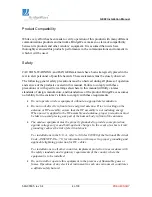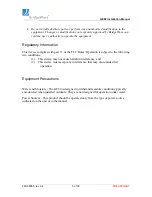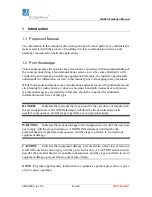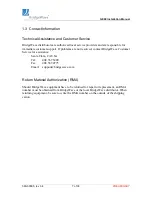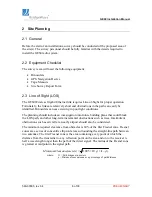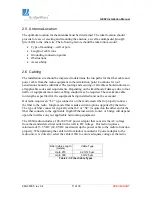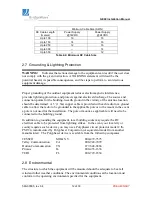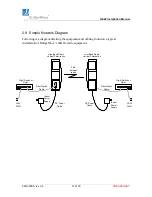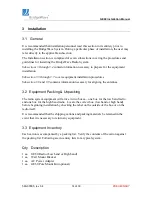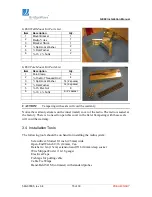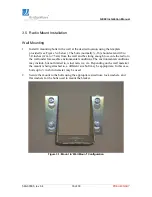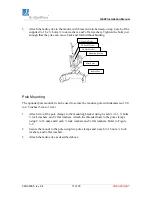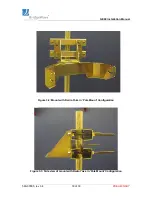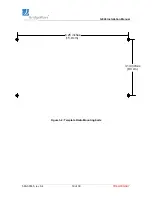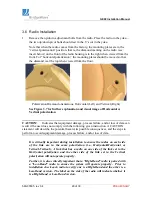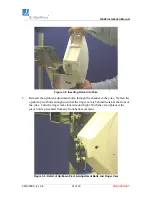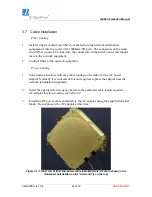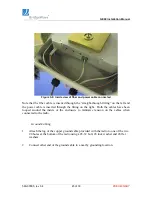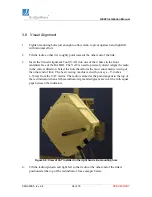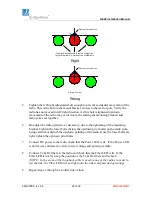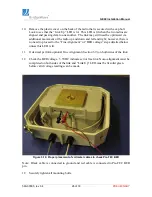
TM
GE60 Installation Manual
580-00505, rev 0.4
11 of 30
PRELIMINARY
2.5 Antenna Location
The optimum location for the antennas must be determined. The ideal location should
provide for ease of erecting and mounting the antenna, as well as unimpeded Line-Of-
Site (LOS) to the other site. The following factors should be taken into account:
•
Type of mounting—wall or pole
•
Length of cable runs
•
Grounding connection points
•
Obstructions
•
Accessibility
2.6 Cabling
The installation site should be inspected to determine the run paths for the fiber cable and
power cable from the radio equipment to the termination point. Locations for roof
penetration should be identified. The routing and securing of all cables should conform to
all applicable codes and requirements. Depending on the likelihood of damage due to foot
traffic or equipment movement, cabling conduit may be required. The maximum cable
run length as specified for the equipment being installed must not be exceeded.
Our radio requires an “LC” type connector on the multi-mode fiber to properly connect
the fiber to the radio. Single-mode fiber is
not
a current option supported by the radio.
The type of fiber connector (typically either LC or “SC”) required on the other end of the
fiber that connects to the applicable Gigabit Ethernet switch, router, or bridge will depend
upon the interface on your applicable networking equipment.
The GE60 radio includes a 100-240 VAC power adaptor that converts the AC voltage
from the standard electrical outlet in the wall to DC voltage. Our radio requires a
minimum of 13.5 VDC (24.0 VDC maximum) up the power cable to the radio to function
properly. When planning the cable run from indoor mounted AC power adaptor to the
radio unit, it is critical to select the cable AWG to ensure adequate voltage at the radio.
Fiber Cable Length
(meters)
Cable Type
Up to 270
62.5/125 µm
Up to 500
50/125 µm
Table 2-3: Fiber Cable Types


